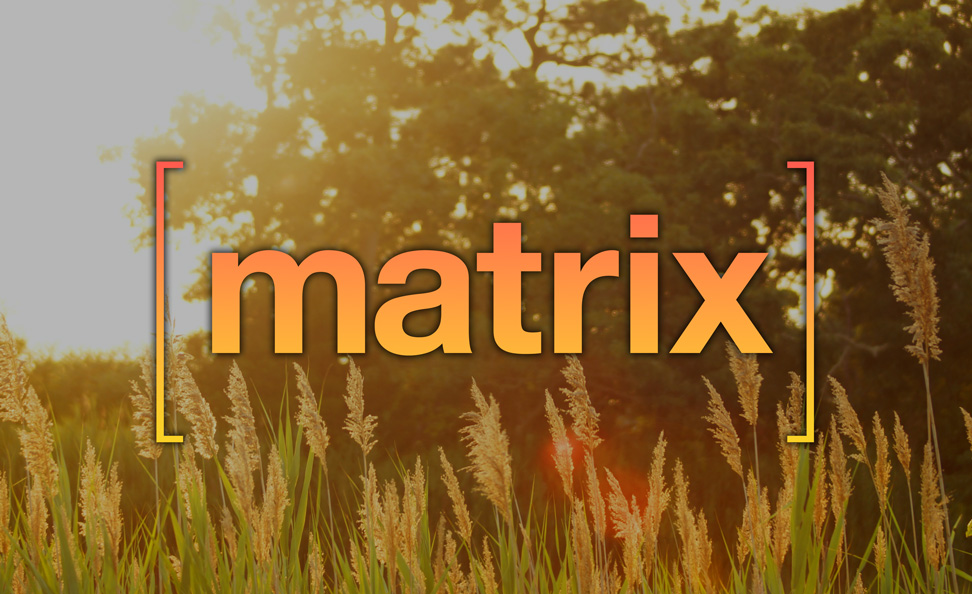I agree with you. I love ggplot2. And I’m good at it. So it’s my software of choice when doing data analysis and when making graphs.
However, I understand that there’s an upfront cost to pay to use it: learning to code, tidying data, etc…
And beyond that, I don’t really do data analysis with spreadsheet software like Excel or LibreCalc. So I don’t know if a proficient LibreCalc user would be able to compete with a proficient ggplot2 user.











Thanks for the reply! So Excel maybe is not as fast as the meme would suggest, I suppose.